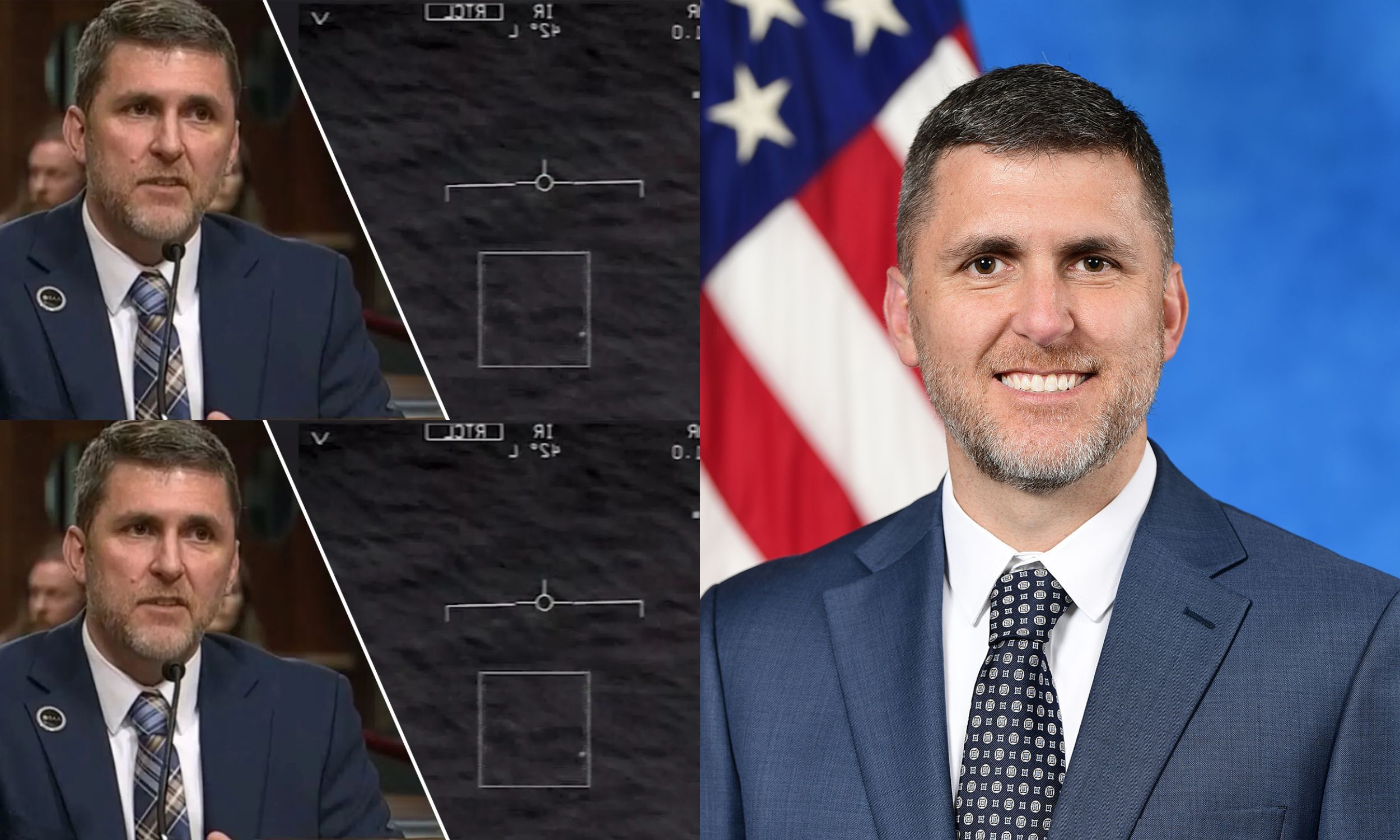For decades, the UFO phenomenon was met with official denial and dismissive responses, but the new leader of the Pentagon’s UFO analysis office has made an unexpected revelation.
Jon Kosloski, head of the All-domain Anomaly Resolution Office, acknowledged during a recent press briefing that certain UFO incidents defy explanation. Drawing on his background in physics, engineering, and intelligence, Kosloski admitted, “There are cases I do not understand, nor does anyone else I know.”

Kosloski emphasized the need for collaborative efforts, stating that the involvement of academia and public input would be essential to unraveling some of these perplexing incidents. This marks a sharp departure from the longstanding approach of downplaying such events.
The acknowledgment of unexplained UFO activity is important yet unsurprising to those familiar with the history of credible, multi-witness accounts involving extraordinary aerial phenomena. Secretary of Defense Lloyd Austin echoed these sentiments, noting that some occurrences remain baffling and are likely to persist.
In recent years, other high-ranking officials have also spoken candidly about UFOs. Statements from former national security leaders suggest the possibility of non-human intelligence, with admissions of advanced technology surpassing human capabilities.
Adding to the intrigue, Senators Chuck Schumer and Mike Rounds introduced legislation alleging secret government programs dedicated to recovering and reverse-engineering UFOs of unknown origin. The proposed law would mandate the retrieval of recovered materials, including biological evidence linked to non-human intelligence.
At a congressional hearing in November, former Defense Department official Luis Elizondo and intelligence veteran David Grusch testified about these alleged programs. Grusch’s claims, deemed credible and urgent by intelligence oversight, have drawn attention to longstanding secrecy around these activities.
Elizondo and Grusch’s testimonies align with corroborations from figures such as Senator Marco Rubio and other senior officials, who assert that firsthand witnesses have approached Congress with information about UFO retrieval initiatives.
Despite these groundbreaking revelations, the All-domain Anomaly Resolution Office faces criticism for its handling of UFO investigations. Kosloski’s analysis of the “GoFast” UFO video, for instance, omitted critical details, including the fact that it was part of a formation of unknown objects.
Furthermore, this oversight undermines the office’s confidence in its non-anomalous classification of the incident, especially considering its proximity to the widely documented “Gimbal” UFO encounter. Both incidents raised serious safety concerns within the Navy and highlighted the recurring presence of spherical objects displaying remarkable flight capabilities.
While the recent admissions signal progress in transparency, gaps in the analysis of key incidents highlight the challenges ahead. The Pentagon’s UFO office must address these issues to build trust with the public and deliver credible evaluations of unexplained aerial phenomena.
Marik von Rennenkampff, who formerly served in the State Department and the Department of Defense, brings a perspective shaped by years of experience in national security and international affairs.


